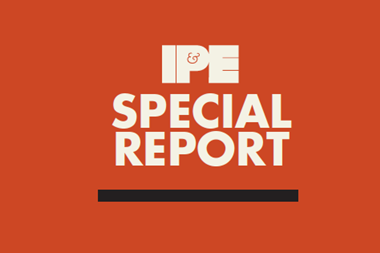Australia’s AUD2.6trn (€1.7trn) pension system has become “an unlucky lottery” for many Australian workers and their families, according to a new government report.
After a two-year review, Australia’s Productivity Commission this week released a 571-page draft report – Superannuation: Assessing Efficiency and Competitiveness.
“We have had compulsory [superannuation] for nearly 30 years, but its architecture is outdated,” said Karen Chester, deputy chair of the commission. “The system suffers from two structural flaws – unintended multiple accounts and entrenched underperformance.”
The review could lead to what sections of the Australian media have called “the biggest shake-up” yet in the industry. This could include an unshackling of the retirement system from workplace bargaining agreements between employers and unions.
A key issue during the review was the country’s AUD500bn default system. The commission rejected a bid from bank-owned retail funds to abolish this system.
It said the default segment of super funds outperformed non-default funds, generating average net returns of about 7%.
However, some workers were exposed to the costly risk of being defaulted into an underperforming fund.
“With default funds being tied to the employer and not the employee, many members end up with another account every time they change job,” Chester said.
One-third of accounts (about 10m) were “unintended multiples”, and the excess fees and insurance premiums paid by members on those accounts amounted to AUD2.6bn every year, the commission reported.
“These problems are highly regressive in their impact – and they harm young and lower-income Australians the most,” Chester said.
While most members were in funds that deliver good investment returns, millions were in funds that persistently underperformed. Over an average member’s working life, being stuck in a poor performing default fund could leave them with almost 40% less to spend in retirement, according to the commission.
“Fixing these twin problems of entrenched underperformance and multiple accounts would lift retirement balances for members across the board,” Chester said. “Even for a 55-year-old today, the difference could be up to AUD60,000 by the time they retire. And for today’s new workforce entrants, they stand to be AUD400,000 a head when they retire in 2064.”
Productivity commissioner Angela MacRae said the commission proposed a package of changes focused on delivering for all members and “to modernise the system and deliver the best possible returns and products”.
Among its proposals was that Australian workers should get to choose from a ‘best-in-show’ list of high-performing funds identified by an independent expert panel.
The bewildering 40,000-plus investment options currently on offer should be streamlined to make it easier for members to select, the commission said.
In addition, it called for the 112 funds managing less than AUD1bn to merge with bigger, better-performing funds.
“Evidence of unrealistic economies of scale, persistent underperformance and an entrenched large number of small funds raises the question of why there have not been more fund mergers, given the likely benefits for members,” said the report.




























No comments yet